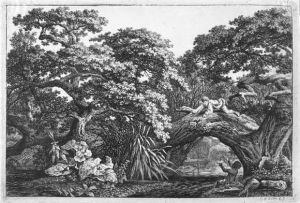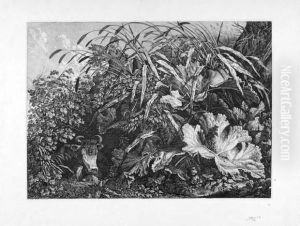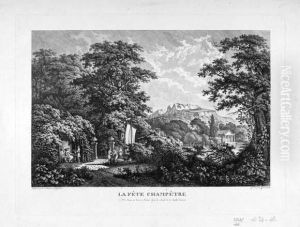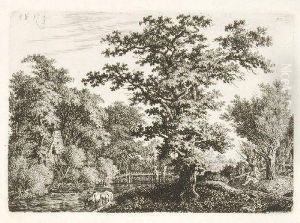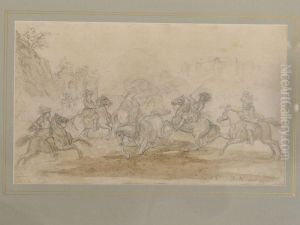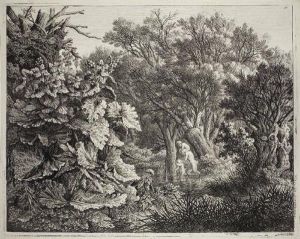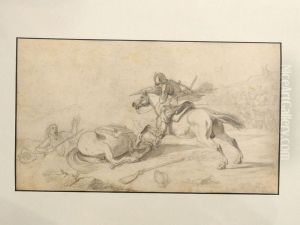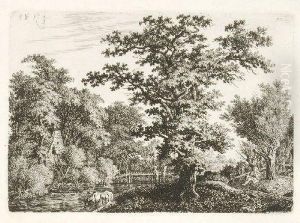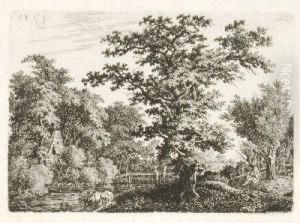Carl Wilhelm Ii Kolbe Paintings
Carl Wilhelm Kolbe the Younger, also known as Carl Wilhelm II Kolbe, was a German artist born on November 25, 1781, in Berlin. He was the nephew of Carl Wilhelm Kolbe the Elder, who was also a notable artist, and he was trained under him. This familial connection significantly influenced his early artistic development. Kolbe the Younger specialized in landscapes and was known for his etchings that often depicted idyllic, pastoral scenes.
Kolbe the Younger lived through a period of significant change in Europe, characterized by the aftermath of the Napoleonic Wars and the rise of Romanticism in art. He studied at the Berlin Academy and later worked there as a professor, educating a new generation of artists. His style was deeply rooted in the Romantic tradition, emphasizing nature's beauty and often incorporating elements of the sublime.
Despite his connection to his uncle, Kolbe the Younger developed his own distinctive style. His works often feature detailed natural elements, a testament to his keen observation skills and love for nature. He was less interested in the grandiose and more focused on the quiet beauty of the German countryside, which he captured through his delicate and precise etchings.
Kolbe the Younger's contributions to German art were recognized in his time, and he enjoyed a successful career. His art was widely appreciated for its intricate detail and his ability to evoke a sense of peace and tranquility through his landscapes.
Carl Wilhelm II Kolbe died on June 5, 1853, in Berlin. Although he is less well-known than some of his contemporaries, his work remains an important part of the Romantic movement in Germany. His etchings continue to be appreciated for their craftsmanship and as expressions of the Romantic period's sensibilities.
